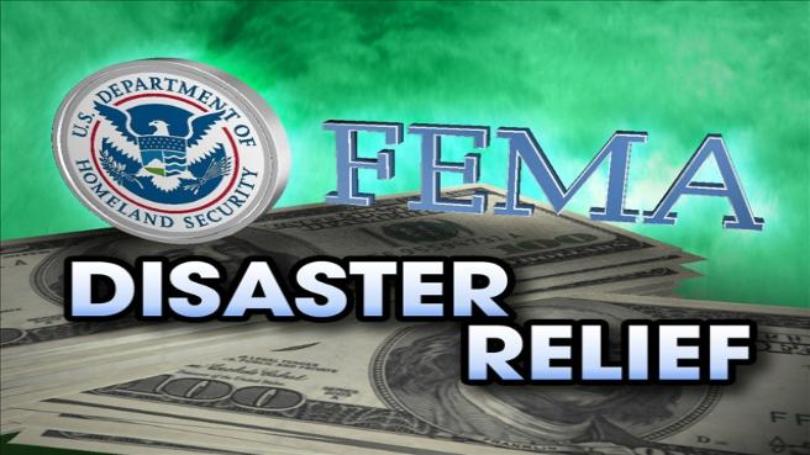
Survivors of the severe winter storms in Texas who apply for federal assistance must be able to prove they lived in the disaster-damaged primary residence before the storms. Once they provide proof, FEMA may consider them for help, such as Housing Assistance and some types of Other Needs Assistance, including personal property assistance and moving/storage assistance.
All household members at the time of the disaster are considered occupants. FEMA will verify the applicants’ occupancy when they register for assistance or provide supporting documentation during the process. It applies to owners and renters of the disaster-damaged property.
If FEMA cannot confirm an applicant’s occupancy, FEMA may ask the person to provide any of the documents listed below. FEMA may also request additional records in cases where the name on utility bills does not match the damaged home’s primary occupant’s name. The documents that can prove occupancy are:
▪ Utility bills dated within three months before the disaster:
o Electric, gas, oil, trash, water/sewer bills that show the applicant’s name or the co-applicant and the address of the disaster-damaged residence.
▪ Merchant’s statement dated within three months before the disaster:
o Bank or credit card statement, phone bill, cable/satellite bill, etc., that shows the applicant’s name or the co-applicant and the address of the disaster-damaged residence.
▪ Employer’s statement, dated within three months before the disaster:
o Pay stubs and similar documents that show the applicant’s name or the co-applicant and the address of the disaster-damaged residence.
▪ A lease/housing agreement that was in place at the time of the disaster:
o Copy of a written lease, housing agreement, or the landlord’s written statement that includes the name of the applicant or co-applicant, the landlord’s contact information, and the basic terms of tenancy, including the location of the damaged home, the amount of rent and duration of the lease. It is to confirm that the applicant lived there at the time of the disaster. Both the landlord and the applicant or co-applicant must sign the document. Fact Sheet 009, March 23, 2021
Learn more at fema.gov March 2021 2
▪ Rent receipts dated within three months before the disaster:
o Copy of a rent receipt or bank statement, including a canceled check that shows the applicant’s name or co-applicant, the landlord’s contact information, the address of the pre-disaster home, the amount of rent, and the landlord’s signature.
▪ Public official’s statement dated within the 18 months of assistance:
o A written information from an official (a police chief, mayor, postmaster, etc.) includes the applicant’s name or co-applicant, the residence address, the occupation period, and the official’s name and contact information.
▪ Driver license, state-issued ID card, or a voter card that reflects the applicant’s name or co-applicant and the damaged residence address. These documents must be current at the time of the disaster.
For more information on the storms:
▪ For more information on the severe winter storms in Texas, visit fema.gov/disaster/4586. Follow the FEMA Region 6 Twitter account at twitter.com/FEMARegion6.
▪ People whose first language is not English may find this document’s translations in other languages by using the following quick links on FEMA.gov: Arabic | Chinese | English | Hindi | Korean | Spanish | Tagalog | Urdu |Vietnamese.
For concerns and allegations of discrimination, please contact the Office of Equal Rights at headquarters at
202-212-3535 or FEMA-Civil-Rights-Program-OER@fema.dhs.gov.








 EastTexasRadio.com Powered by Ten Stations
EastTexasRadio.com Powered by Ten Stations





